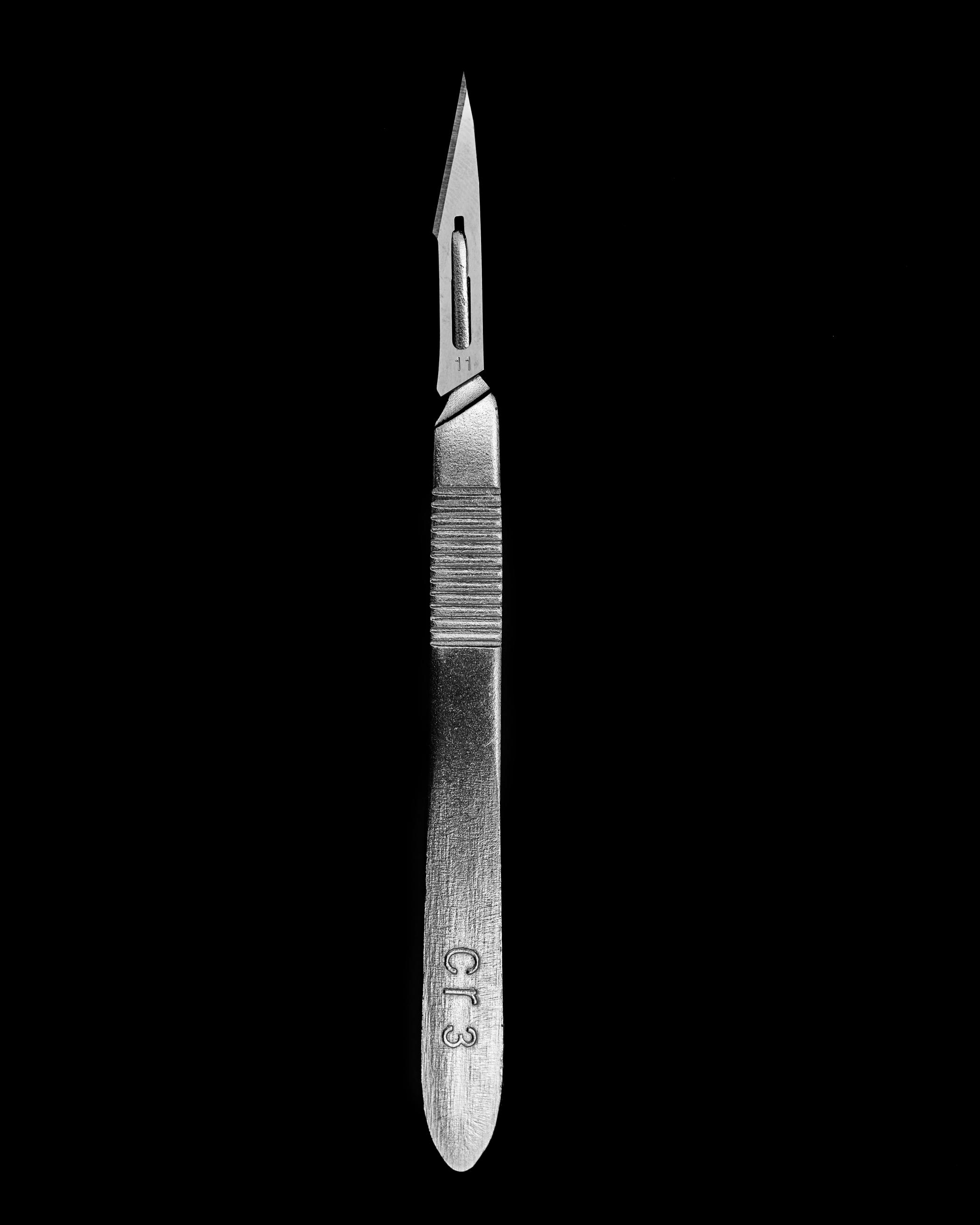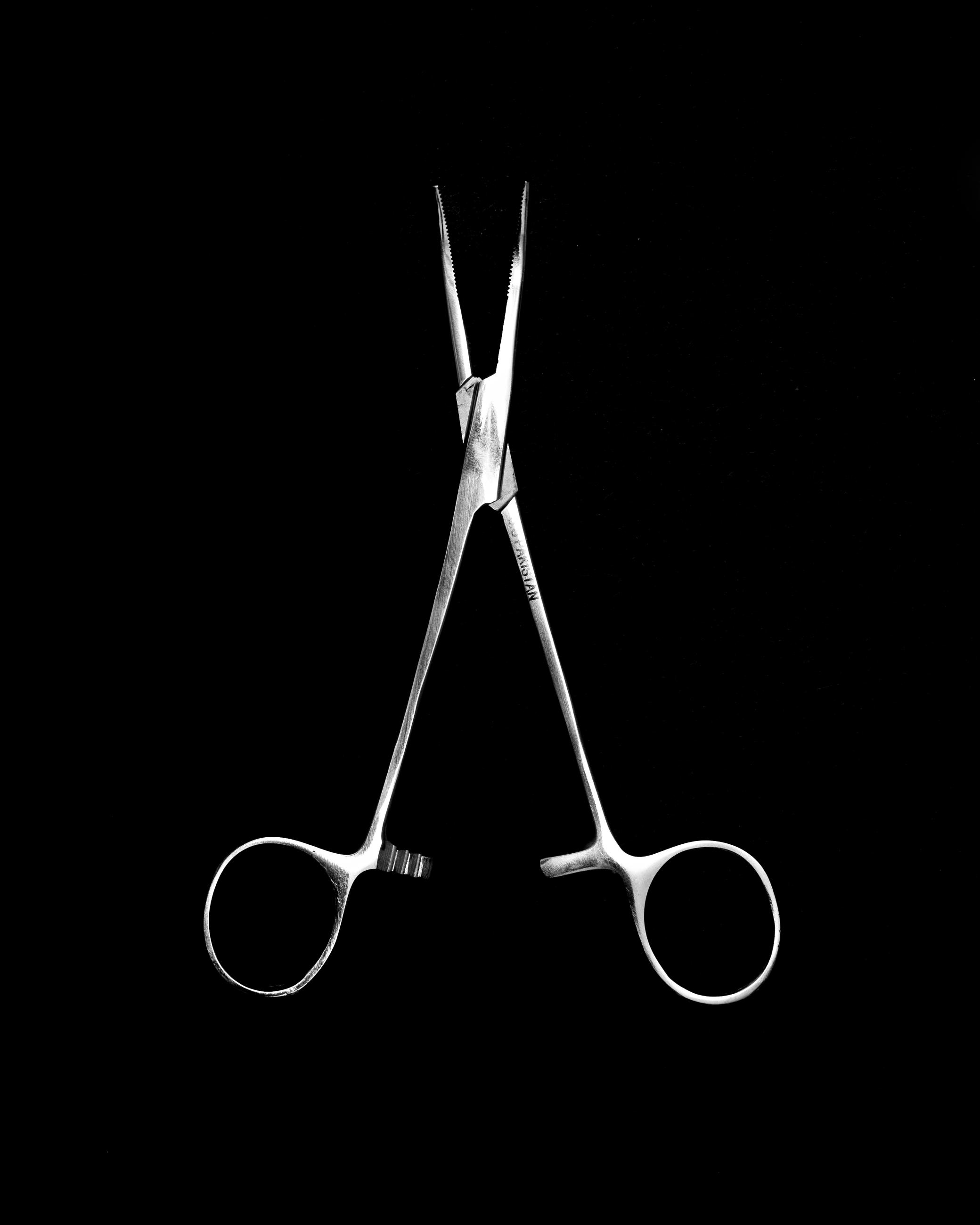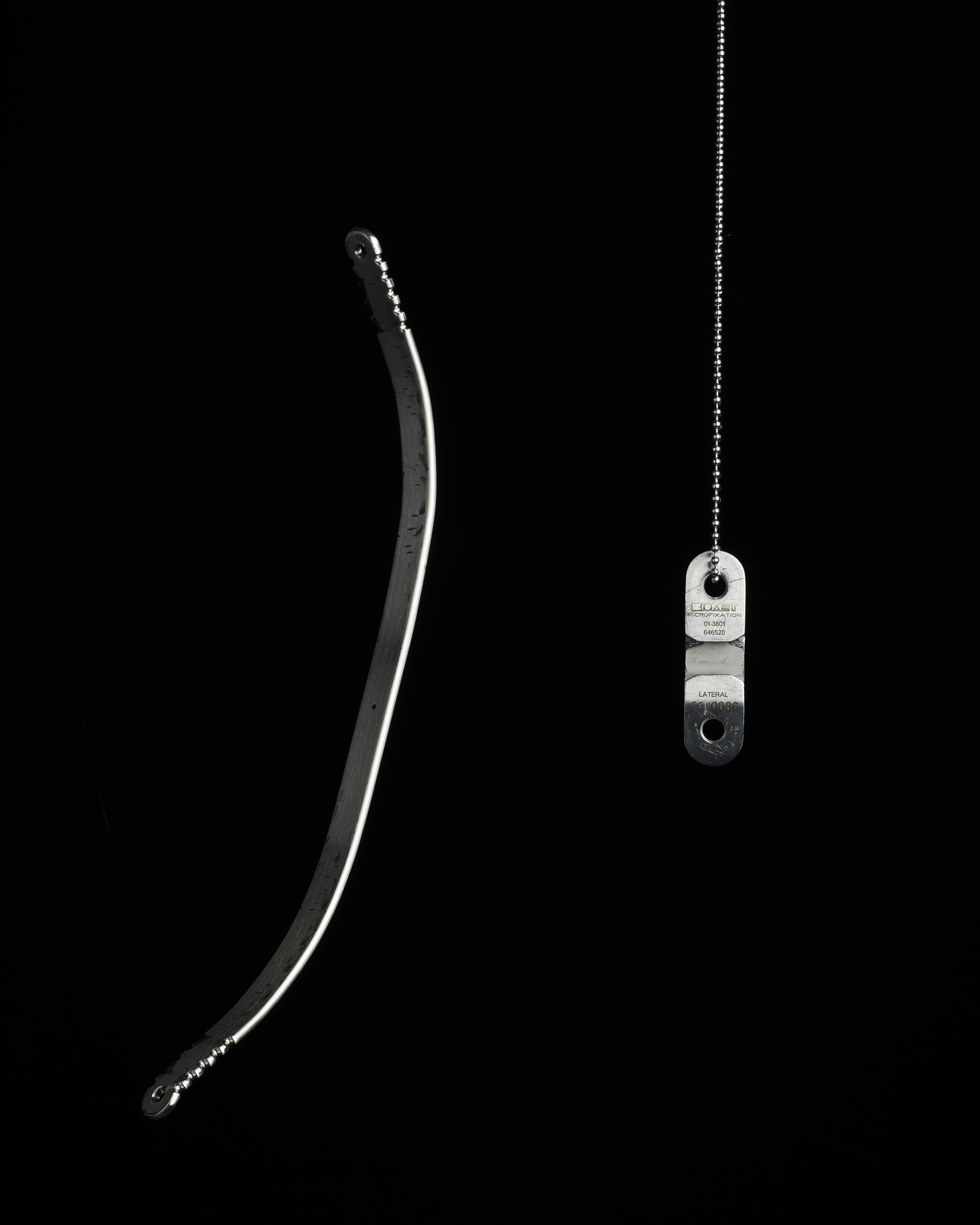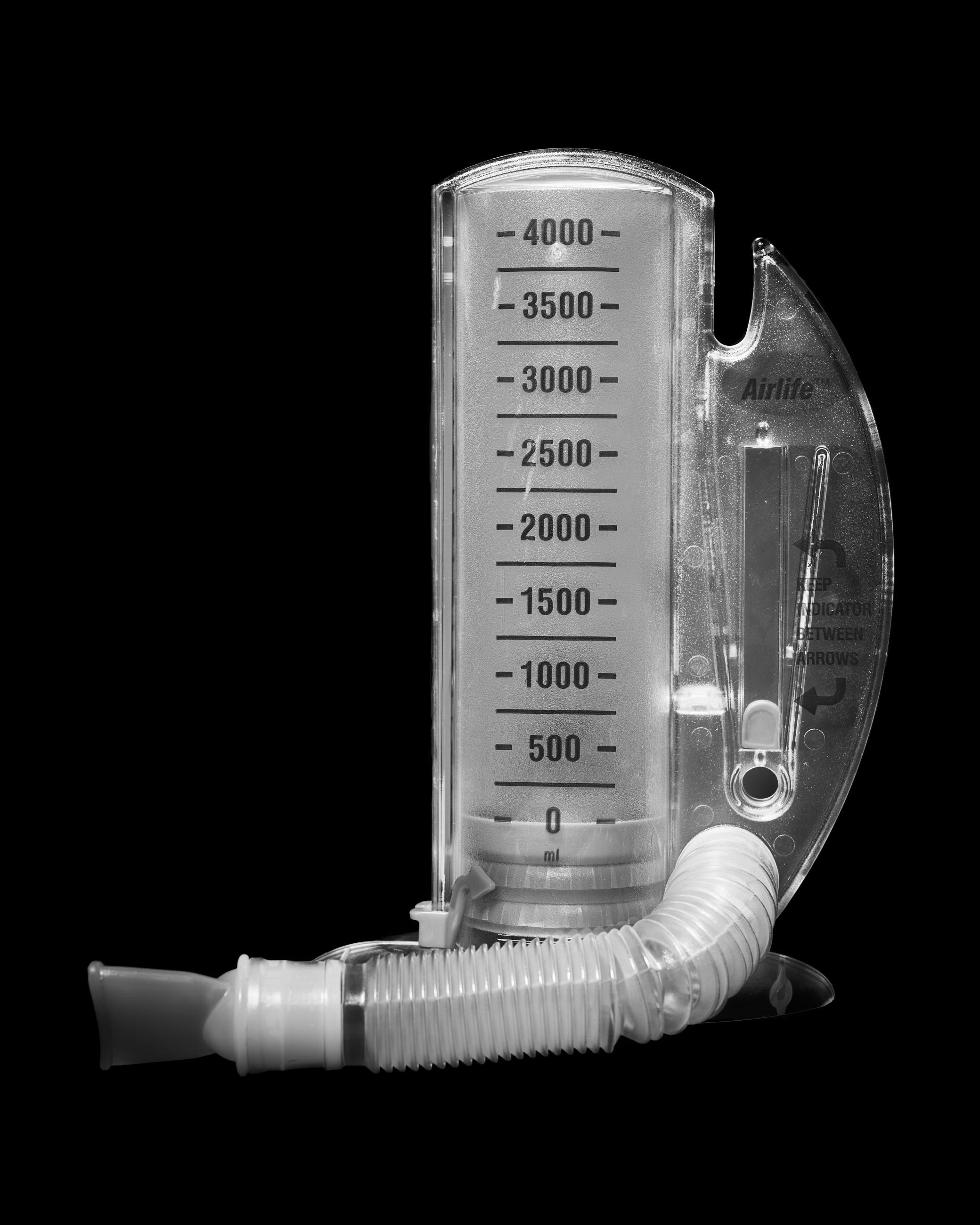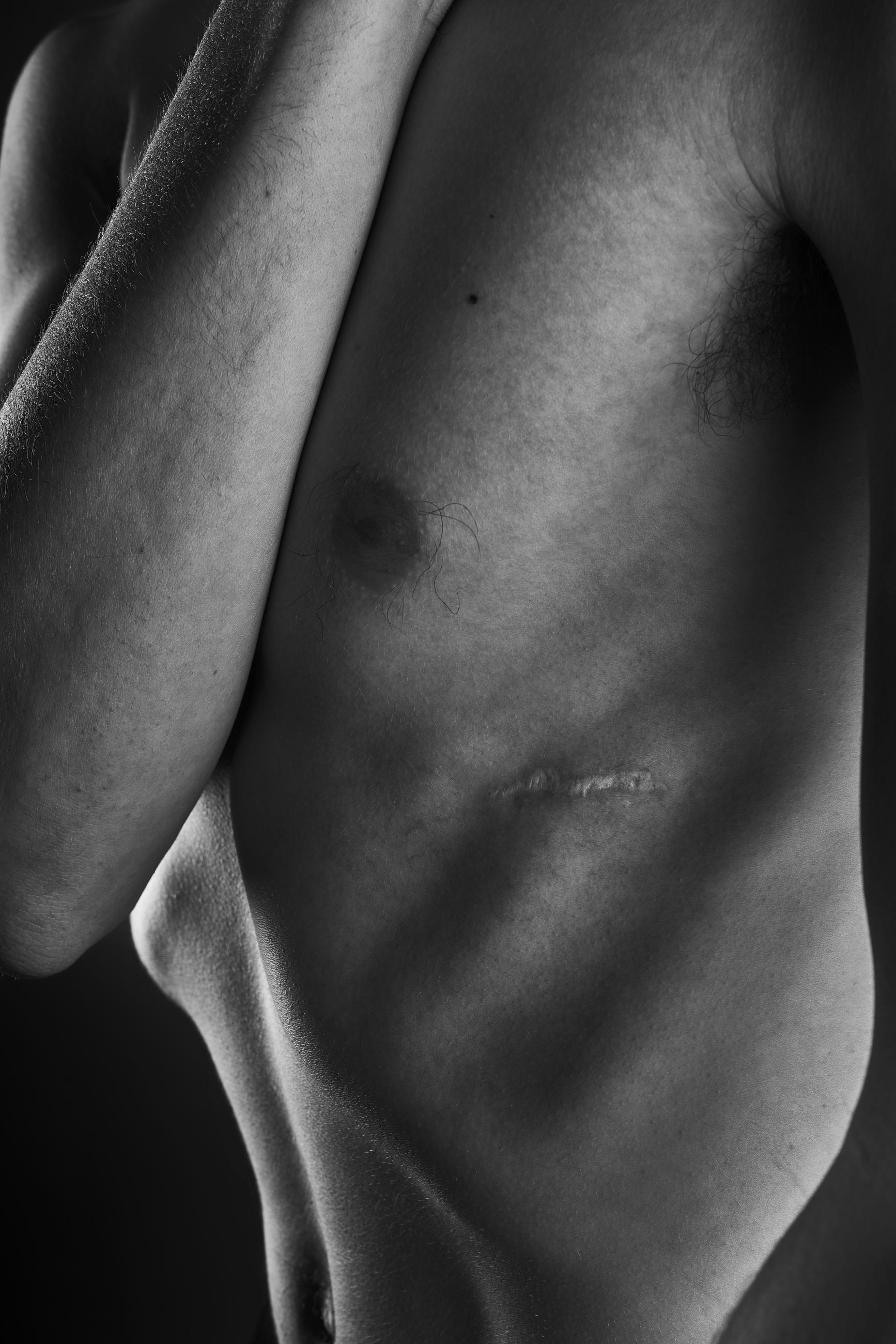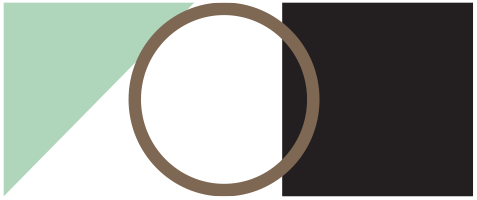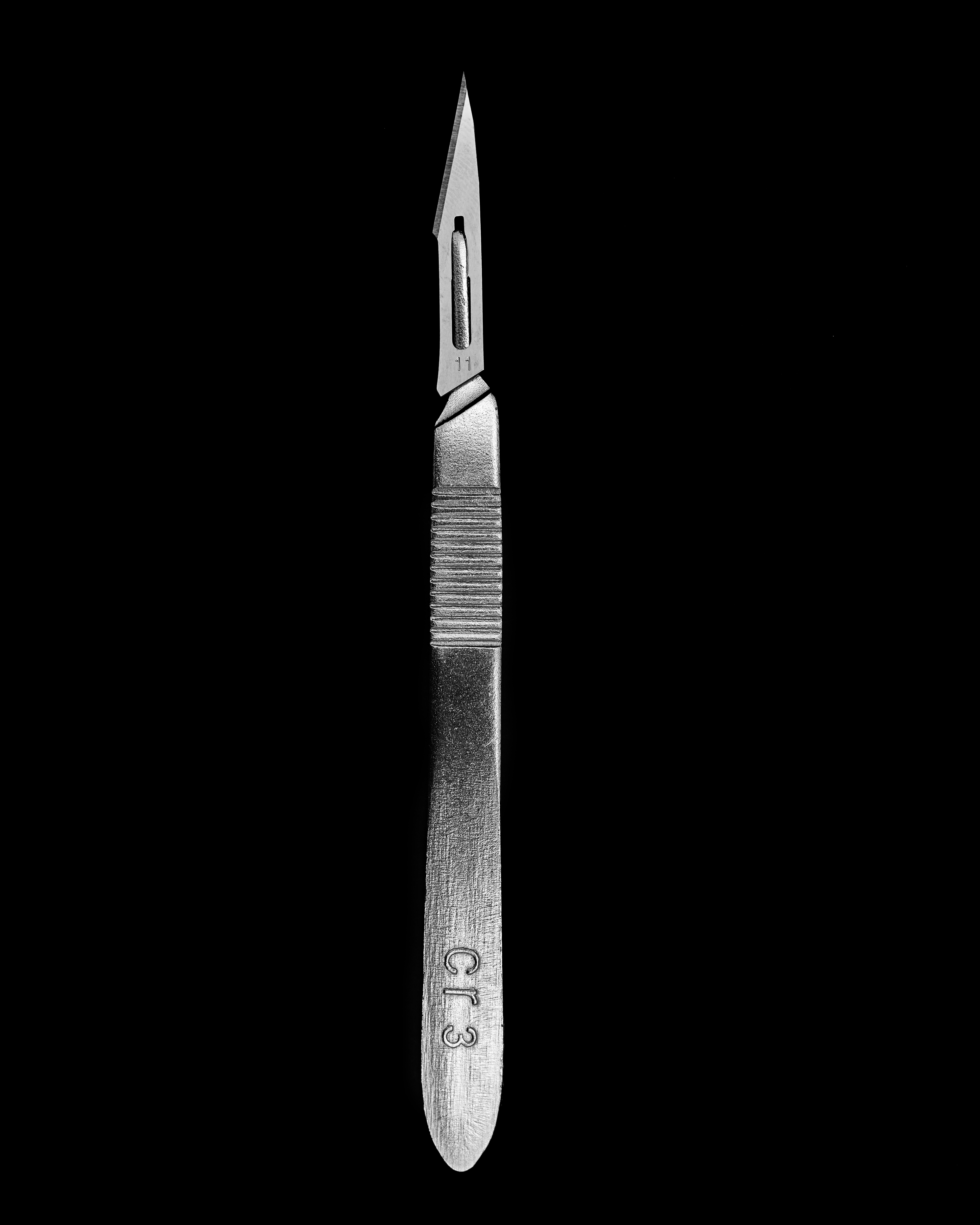
Pectus excavatum is a natural deformity to the chest, which causes it to be concave. It can cause a lot of health complications and in my case it not only affected my physical endurance, but my self-image as well. This led me to one of the most life-defining experiences I have had: a surgery called the Nuss procedure.
The Nuss procedure is regarded as minimally invasive, but it is one of the most painful surgeries a child can go through. This procedure has often been likened to that of braces, but instead of taking years to work, it happens in just a few seconds. Although there were four tough years of pain while I recovered, I would go through it all again if I had to. This project focuses on the pain and clinical nature of surgery, as well as the beauty of the human body.
Austin Crail is a freelance photographer working in Philadelphia, PA. He grew up in rural New Jersey where he learned to have a strong sense of community. While his time living in Shanghai gave him a deep respect for all. Graduating with a BS in photography from Drexel University taught him all he needs to know about commercial and fine art photography. Even so, he is always eager to refine his craft and strengthen his style.
